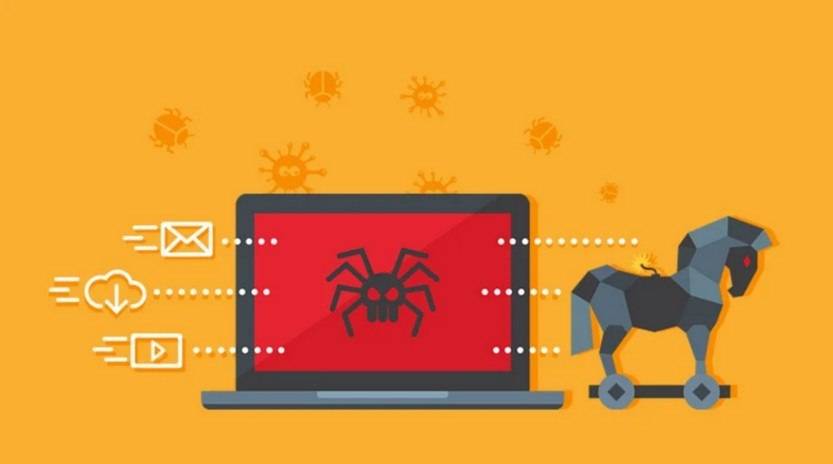Netflix, the popular streaming service, has become a target for cybercriminals who are constantly devising new ways to trick unsuspecting users. One such scam that has been making the rounds is the ‘Complete A Brief Validation Process’ phishing scam. This article aims to provide a detailed overview of this scam, how it works, what to do if you have fallen victim, and other relevant information to help users stay safe online.

What is the Netflix ‘Complete A Brief Validation Process’ Phishing Scam?
The Netflix ‘Complete A Brief Validation Process’ phishing scam is an attempt by cybercriminals to steal sensitive information from Netflix users. The scam typically starts with an email or a pop-up message that appears to be from Netflix, asking users to complete a brief validation process to verify their account or update their payment information. The message often includes the Netflix logo and appears to be legitimate, making it difficult for users to distinguish it from a genuine communication from Netflix.
How Does the Scam Work?
The scam works by tricking users into providing their personal and financial information to the cybercriminals. Here is a step-by-step breakdown of how the scam typically unfolds:
- Users receive an email or a pop-up message that appears to be from Netflix, asking them to complete a brief validation process.
- The message usually states that there is an issue with the user’s account or payment information and urges them to take immediate action.
- Users are directed to click on a link provided in the message, which takes them to a fake Netflix website that closely resembles the real one.
- On the fake website, users are prompted to enter their Netflix login credentials, payment information, and other personal details.
- Once the users submit their information, the cybercriminals behind the scam gain access to their Netflix account and can potentially use the stolen information for identity theft or financial fraud.
What to Do If You Have Fallen Victim?
If you have fallen victim to the Netflix ‘Complete A Brief Validation Process’ phishing scam, it is important to take immediate action to protect your account and personal information. Here are the steps you should follow:
- Change your Netflix password: Go to the official Netflix website and change your password immediately. Make sure to choose a strong and unique password that is not used for any other accounts.
- Scan your device for malware: Run a scan with Malwarebytes Free or any reputable antivirus software to check for any malware or viruses that may have been installed on your device.
- Monitor your financial accounts: Keep a close eye on your bank and credit card statements for any suspicious activity. If you notice any unauthorized transactions, contact your financial institution immediately.
- Report the scam: Forward the phishing email or any relevant information to Netflix at phishing@netflix.com. This will help them take appropriate action and prevent others from falling victim to the scam.
How to Spot and Avoid the Scam?
Being able to spot and avoid phishing scams is crucial in protecting yourself online. Here are some tips to help you identify and steer clear of the Netflix ‘Complete A Brief Validation Process’ phishing scam:
- Check the email address: Legitimate emails from Netflix will always come from an official Netflix domain. Be wary of emails that come from suspicious or unfamiliar email addresses.
- Hover over links: Before clicking on any links in an email or pop-up message, hover your mouse over them to see the actual URL. If the URL looks suspicious or does not match the official Netflix website, do not click on it.
- Be cautious of urgency: Scammers often create a sense of urgency to pressure users into taking immediate action. If an email or message claims that your account will be suspended or terminated unless you act quickly, it is likely a scam.
- Never provide personal information: Legitimate companies, including Netflix, will never ask you to provide personal or financial information via email or pop-up messages. Avoid entering any sensitive information unless you are on the official website and have verified its authenticity.
Summary
The Netflix ‘Complete A Brief Validation Process’ phishing scam is a deceptive attempt by cybercriminals to steal sensitive information from Netflix users. By posing as Netflix and requesting users to complete a validation process, the scammers trick users into providing their personal and financial information. To protect yourself, it is important to be vigilant, avoid clicking on suspicious links, and never provide personal information unless you are certain of the authenticity of the request. If you have fallen victim to the scam, take immediate action by changing your password, scanning your device for malware, monitoring your financial accounts, and reporting the scam to Netflix. By staying informed and following these precautions, you can help protect yourself from falling victim to phishing scams.










